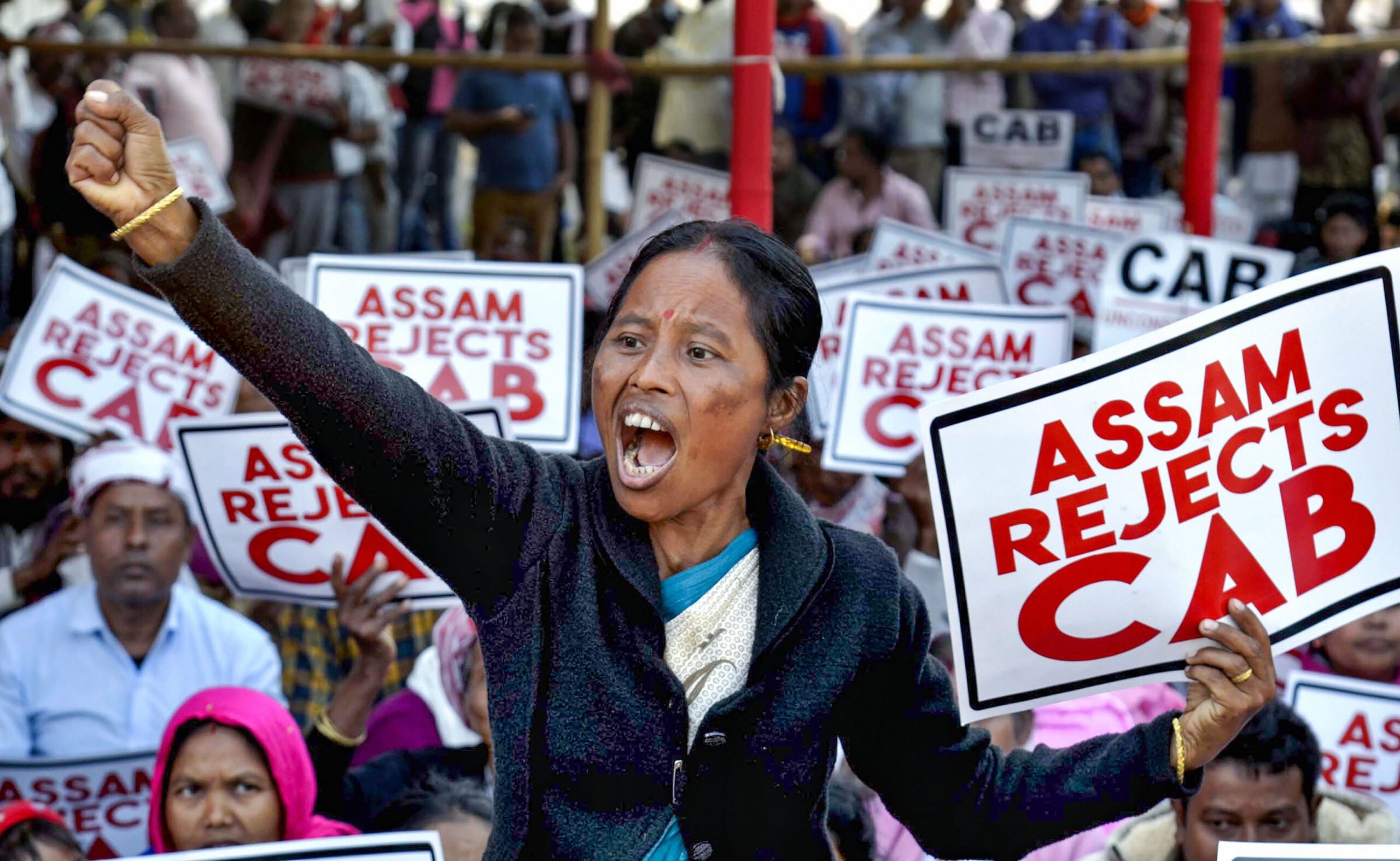This content is restricted to site members. If you are an existing user, please log in. New users may register below.
Inferiority Complex and Strategic Disparities Fuelling Xenophobia in North East India

Reading Time: 5 minutes India’s North East has long been characterised by its geographical isolation, ethno-linguistic complexity, and a historical legacy of insurgency and underdevelopment. Yet, in 2025, a subtler, psychologically charged dynamic increasingly defines the region’s relationship with its neighbour Bangladesh: an inferiority complex that underpins and fuels xenophobic attitudes. This phenomenon is not merely an extension of historical ethnic tensions or security anxieties, but a reflection of stark developmental and strategic disparities that cast Bangladesh as a regional success story — one that highlights North East India’s persistent economic stagnation, political fragility, and infrastructural shortcomings. Economic Divergence: Growth Amidst Stagnation The economic trajectories of Bangladesh and North East India reveal a widening gulf with profound implications for regional identity and perceptions of threat. Bangladesh, despite a brief economic slowdown due to global pressures, remains on a resilient growth path. Its GDP growth rate, projected at approximately 3.9% for


